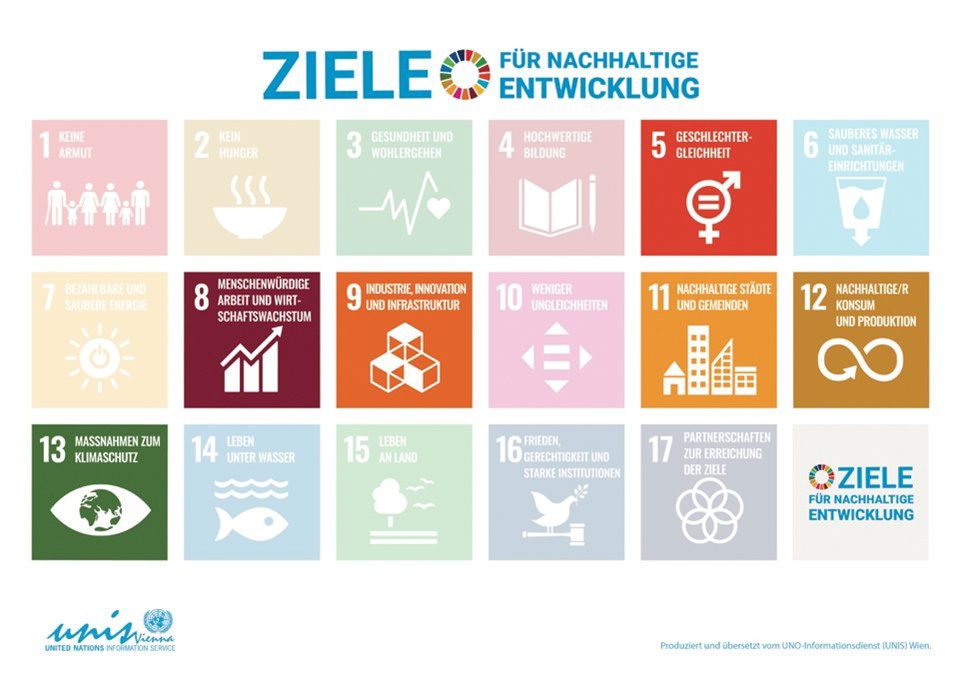Solingen
Light Industrial Property
The property, centrally located in Solingen, contains approximately 20,500 sqm of land. The total rental space of circa 9,900 sqm is divided into two production halls, administrative areas, and storage areas. They are fully leased to WMK Plastics GmbH, a member of the LEHVOSS Group, and the “Bundesanstalt für Immobilienaufgaben” (the federal real estate agency).
In the medium term, the property is to be redensified and optimised according to ESG objectives (including renovation of the heating system). The goal is to create spaces for our existing and future tenants to grow in the fourth industrial revolution, and to increase the quality of life on site.
Year of Construction:
1990/2017
Site area:
20.500 sqm
Rental Area:
9.900 sqm
Location:
Lüneschloßstraße 30, 32a, 42
ESG Highlights:
The main tenant WMK recycles high-performance plastics at the site. Independently of this, we plan to install a new heat generation system, upgrade the building envelope, and implement several other ESG measures in the medium term. Another tenant on site, THW, is engaged in disaster prevention activities.
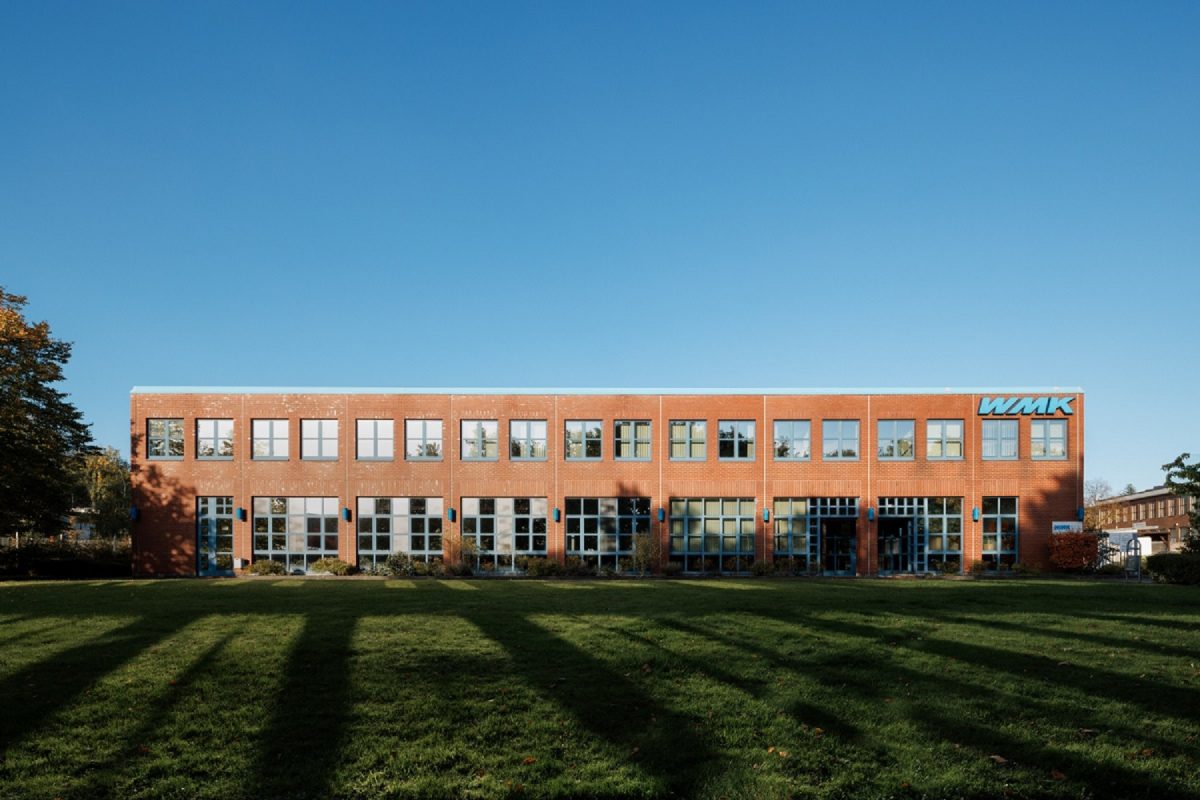
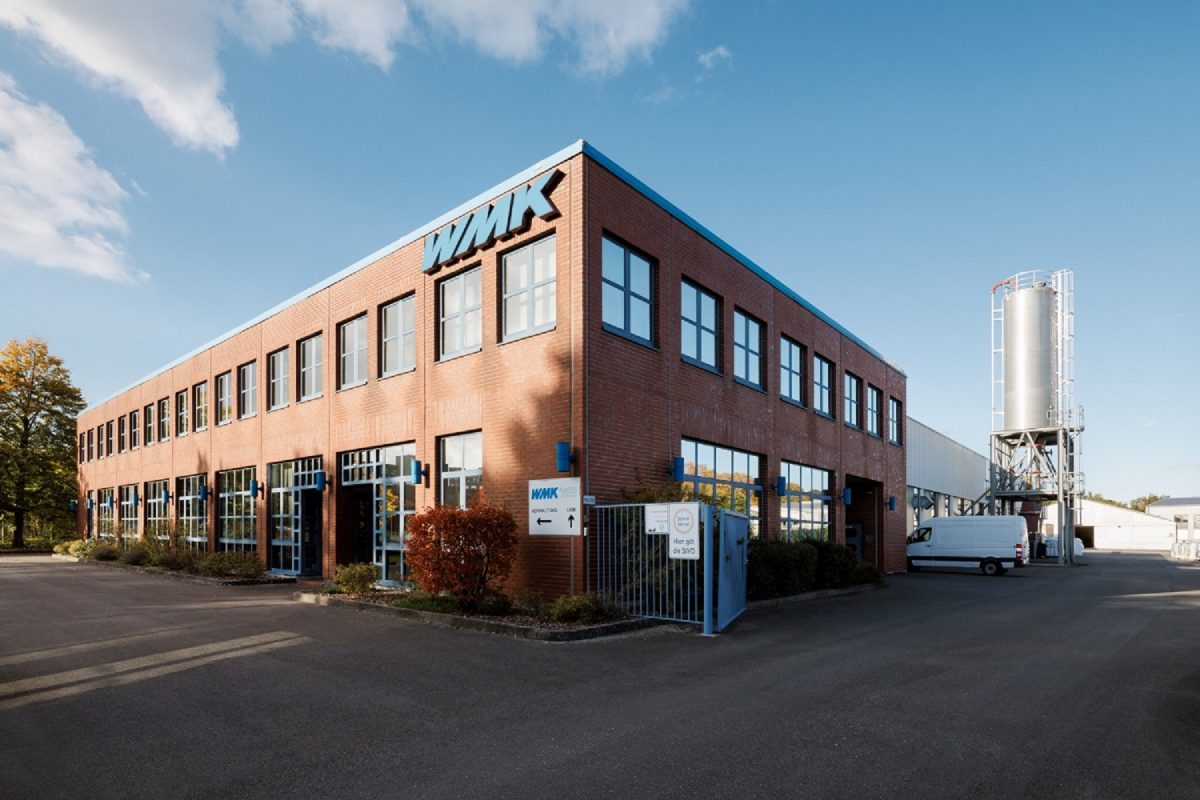
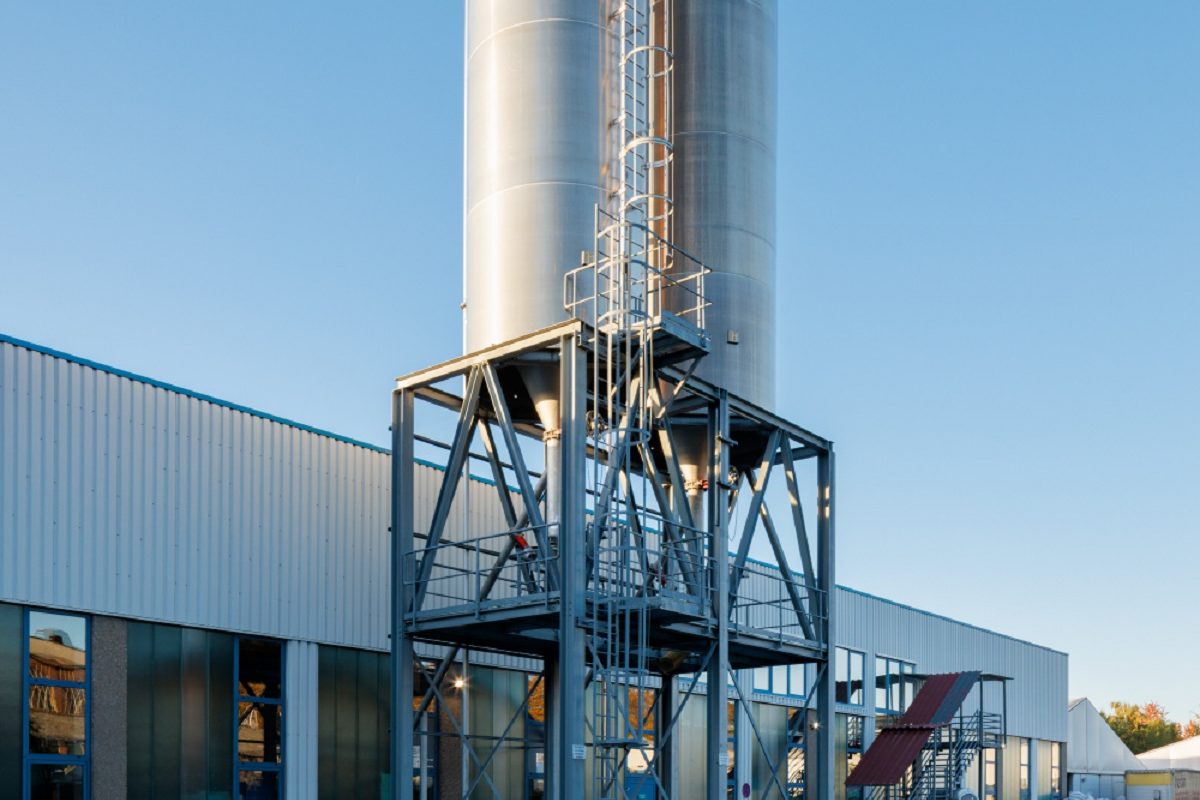
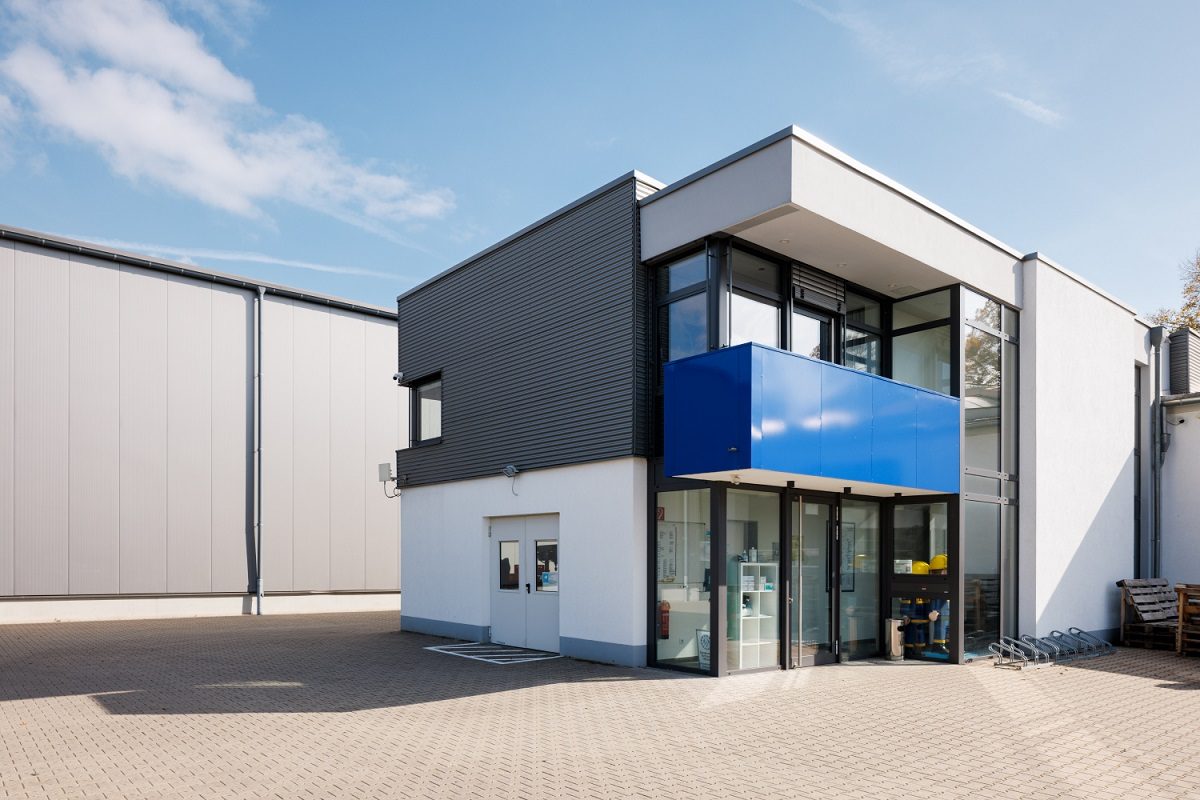
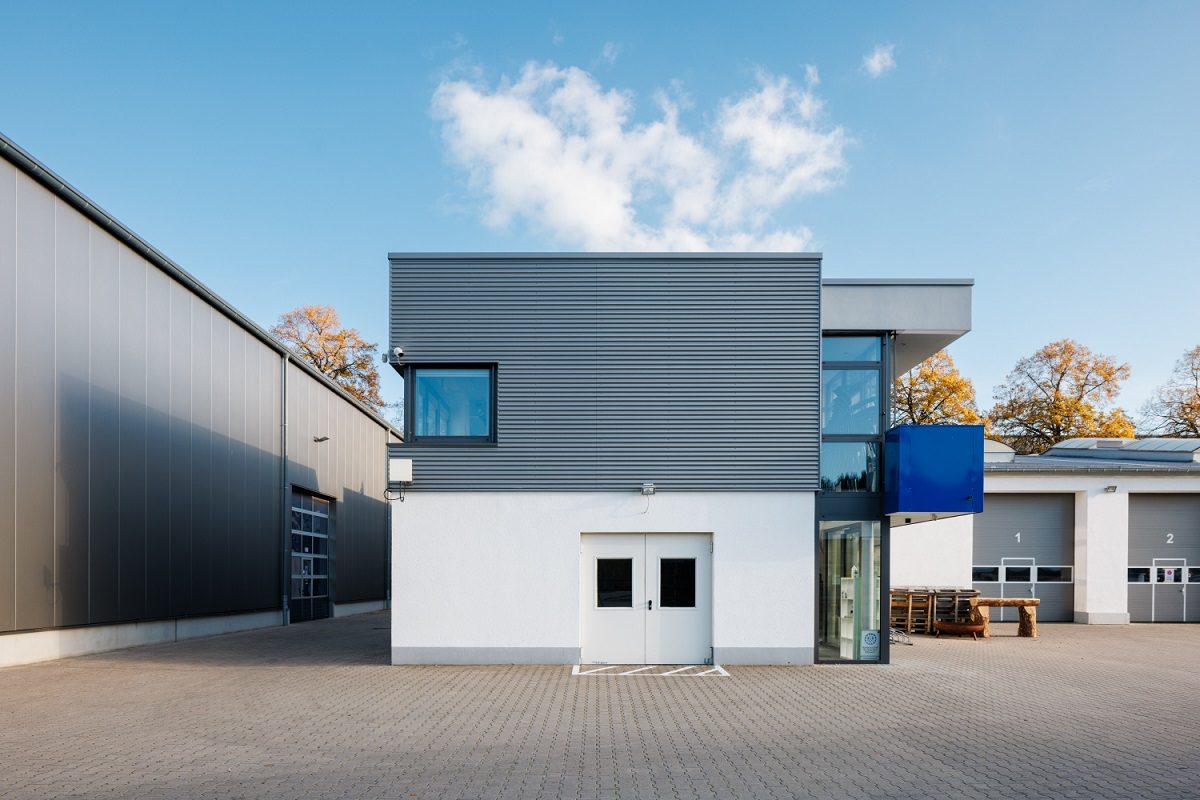
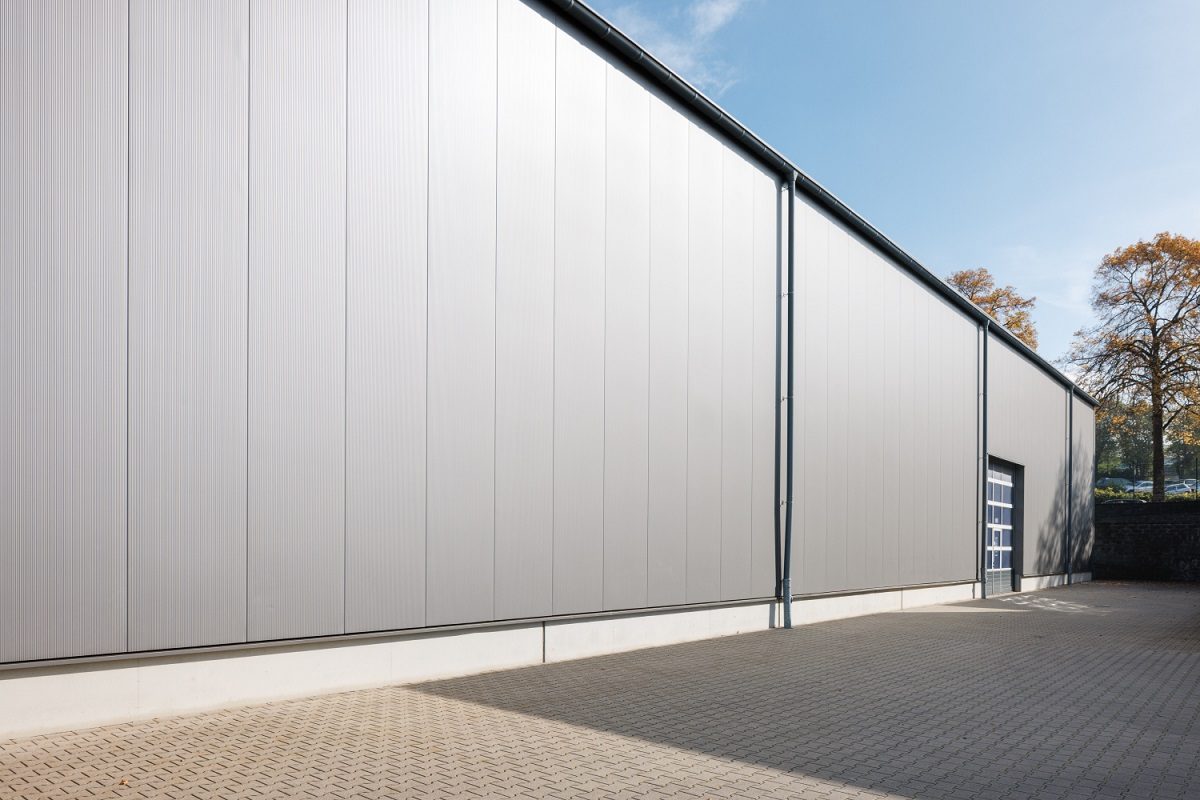

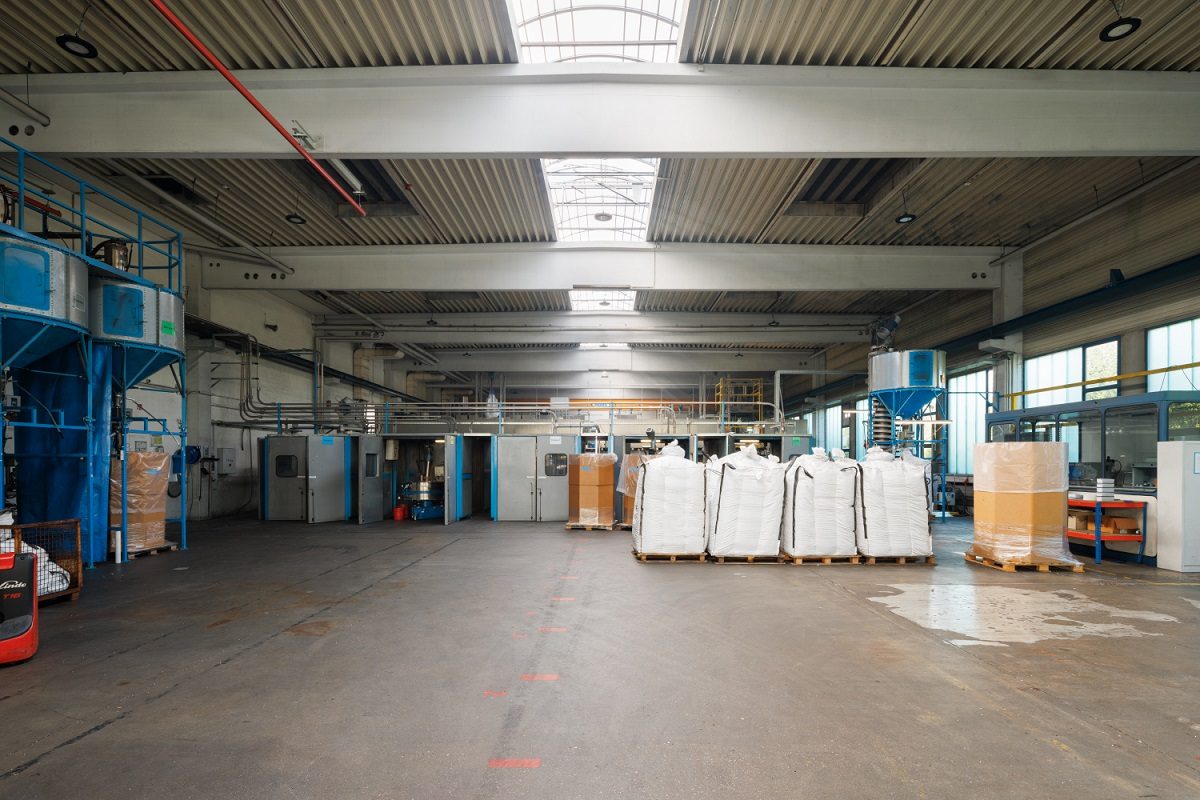
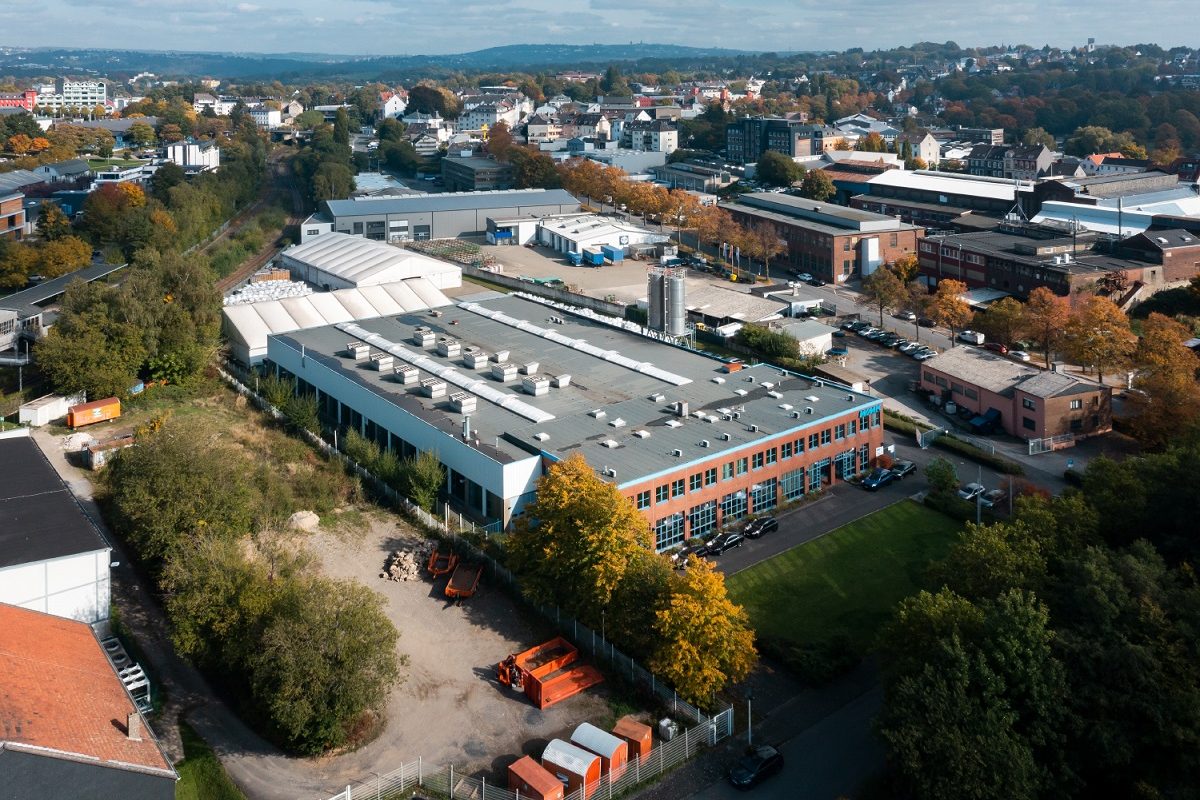
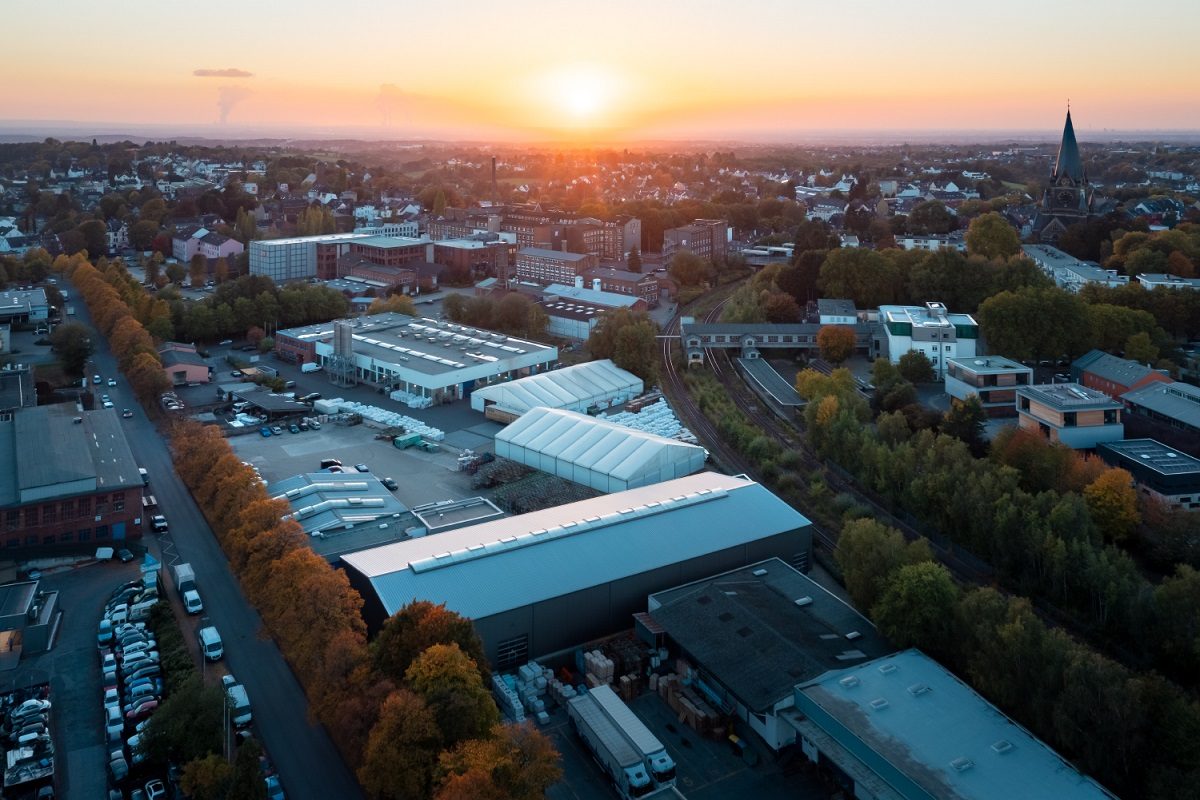

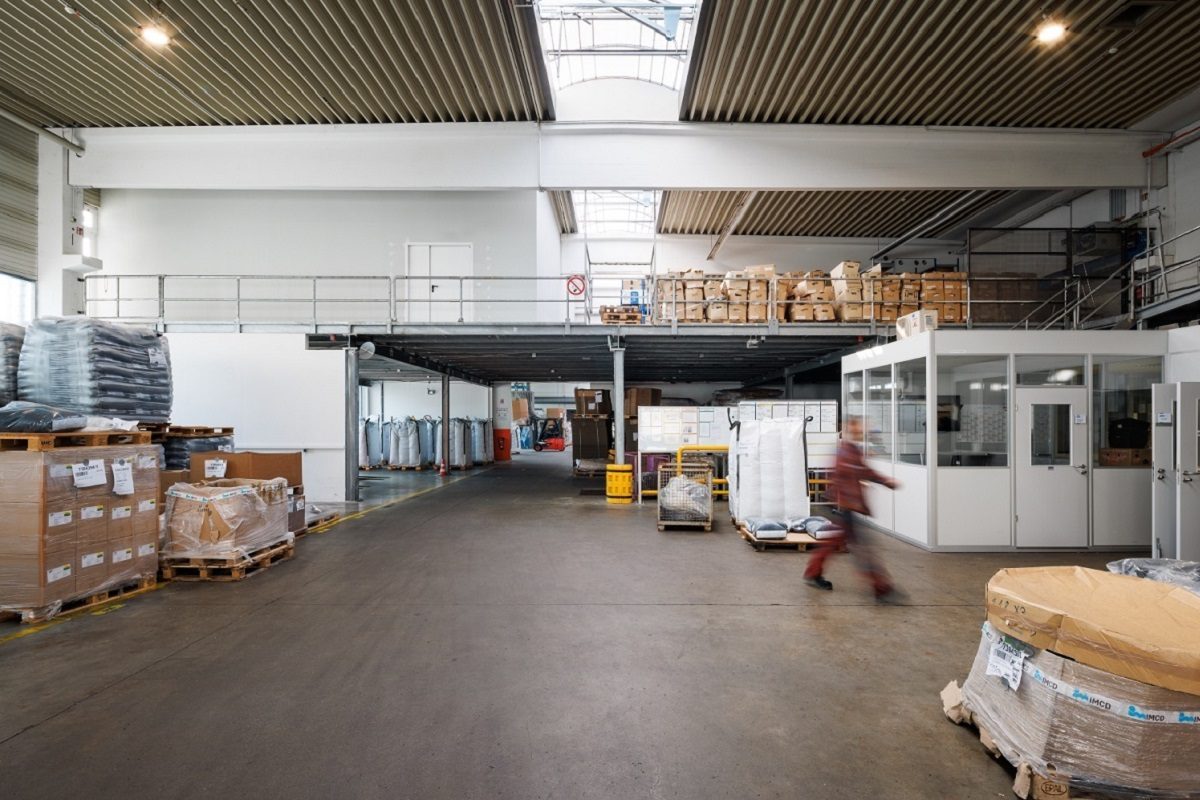
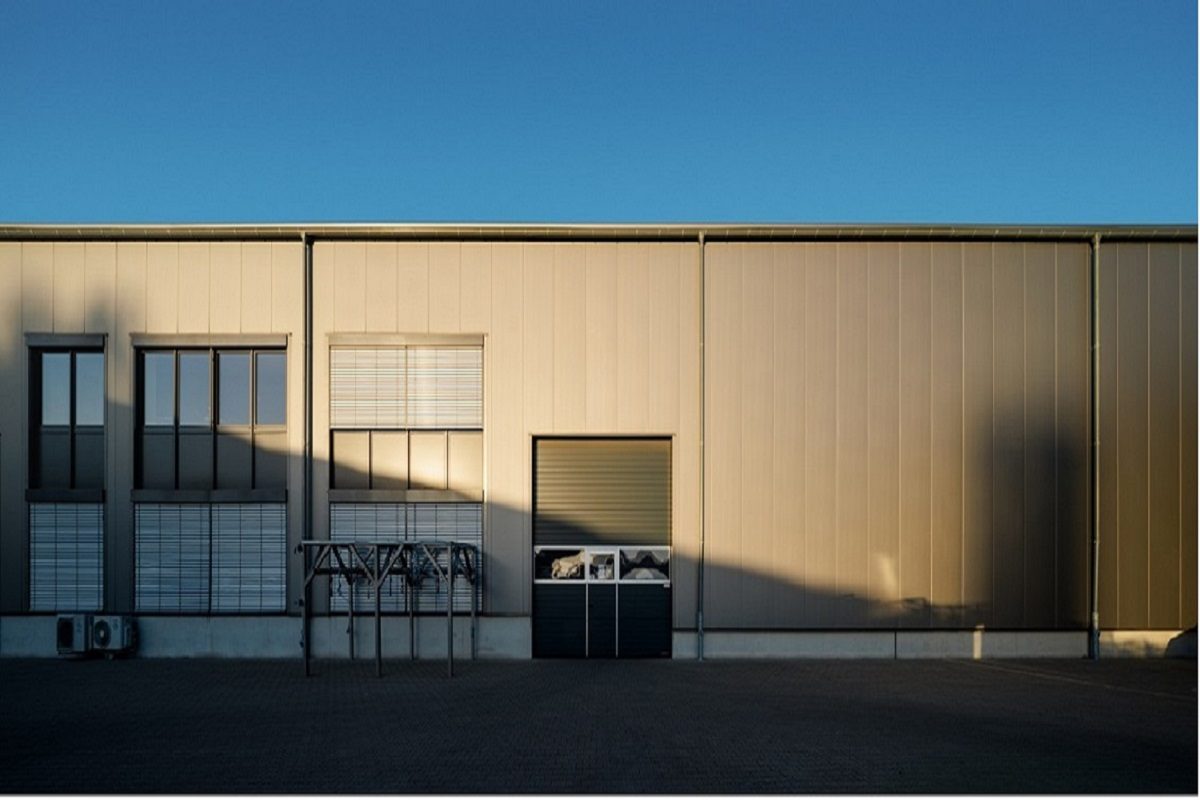
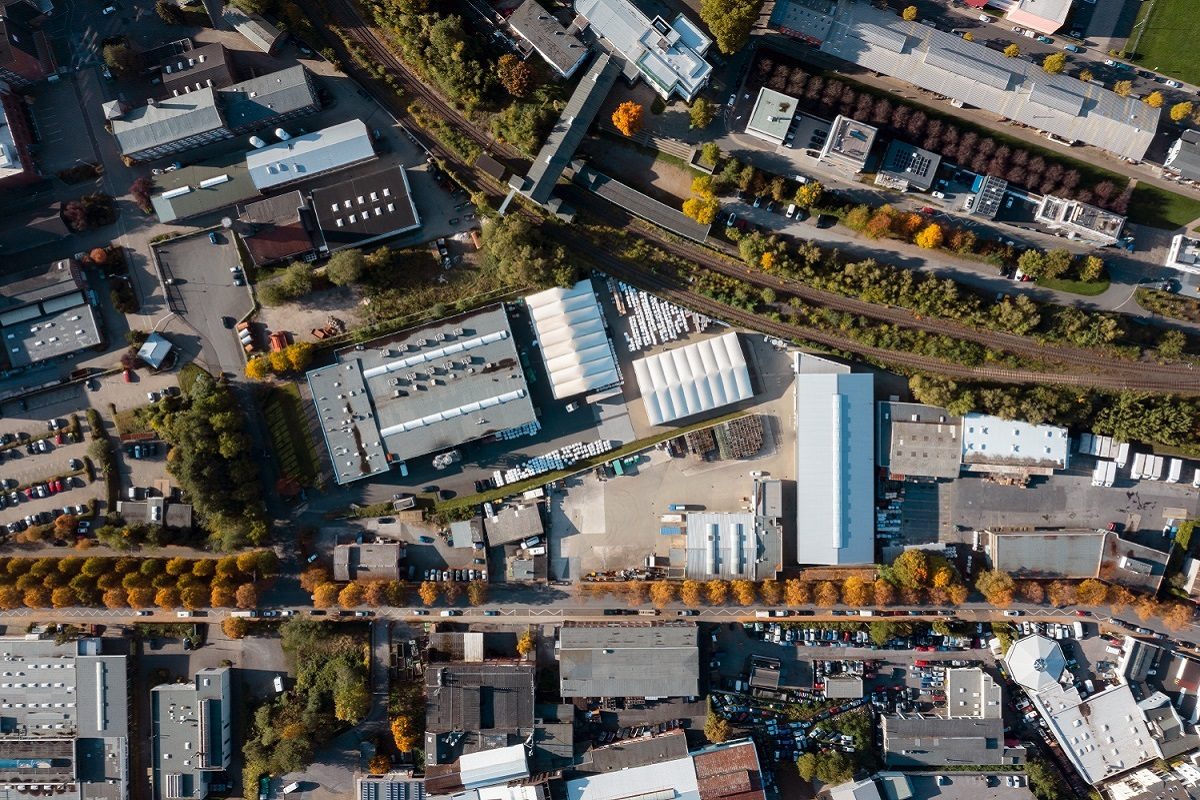
Location and Connection
The light industrial property is located in the industrial area Lüneschloßstraße, which is characterised by manufacturing companies, crafts and retailers. The good motorway connections and the proximity to Düsseldorf and Cologne characterise this location in the heart of NRW.
ContaCt
Lea Birnfeld
Project manager
INBRIGHT Development GmbH
Erasmusstraße 14
10553 Berlin
Mobile: +49 30 403 686 2-0
Email: lb@inbright.de


